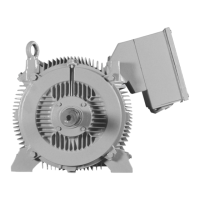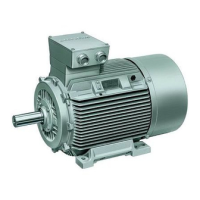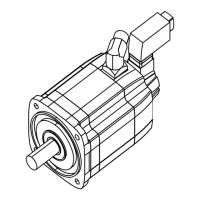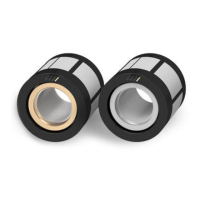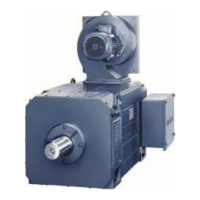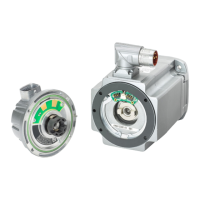Technical data and drawings
B
Bolt locking devices
● Refit nuts
or bolts that are mounted together with locking, resilient, and/or force-distributing
elements with identical, fully-functional elements when re-assembling. Always renew keyed
elements.
● When screwing together threads secured with a liquid adhesive, use a suitable medium
such as Loctite 243.
Tightening torques
The bolted connections with metal contact surfaces, such as end shields, bearing cartridge
parts, terminal box parts bolted onto the stator frame, should be tightened to the following
torques, depending on the thread size:
Table B-1 Tightening torques for bolted connections with a tolerance of ±10%.
Case M4 M5 M6 M8 M10 M12 M16 M20 M24 M30 M36 M42 M48 M56
A 1.2 2.5 4 8 13 20 40 52 80 150 - - - - Nm
B 1.3 2.6 4.5 11 22 38 92 180 310 620 108
0
170
0
260
0
420
0
Nm
C 3 5 8 20 40 70 170 340 600 120
0
200
0
310
0
470
0
750
0
Nm
Applications
The above-mentioned tightening torques apply for the following applications:
● Case A
Applies
to electrical connections in which the permissible torque is normally limited by the
bolt materials and/or the current carrying capacity of the insulators, with the exception of
the busbar connections in case B.
● Case B
Applies to bolts screwed into components made from materials with lower property class
(e. g. aluminum) and to bolts with property class 8.8 according to ISO 898-1.
● Case C
Applies to bolts with property class 8.8 or A4-70 according to ISO 898-1, however only to
bolts screwed into components made from materials with higher property class, e.g. cast
iron, steel or cast steel.
Note
Non-standard tightening torques
Different tightening
torques for electrical connections and bolted connections for parts with
flat seals or insulating parts are specified in the relevant sections and drawings.
LOHER CHEMSTAR 1PS2
Operating Instructions 08/2016 119

